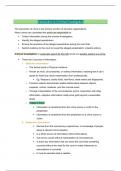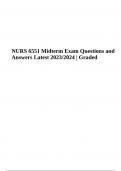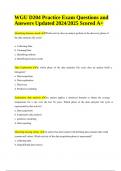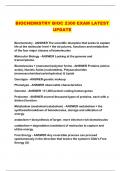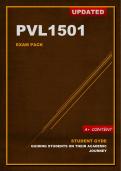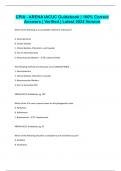Samenvatting
Summary KRM 210 Study Unit 1 notes- Introduction to criminal investigation
- Vak
- Instelling
These notes summarise the study unit 1 that is covered in the KRM 210 module. These notes are detailed and covers all the information seen within the study unit.
[Meer zien]
